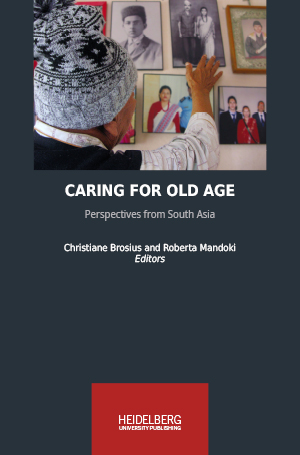How to Cite
License (Chapter)

This work is licensed under a Creative Commons Attribution-ShareAlike 4.0 International License.
Identifiers (Book)
Published
The “Holy Joint Family” in South Asian Ageing Theories
Abstract Recent notions of aging in South Asia often mourn the loss of the ideal of the joint family and the emergence of the nuclear family at the cost of elderly people. However, it can be shown that this ideal is not sustainable any more since historical sources give sufficient evidence for exiling and other maltreatments of old people. It seems that the cohesion and solidarity was not always very strong and that the situation of old people depended and depends on the interfamilial constellations, gender, social position, and especially on the integration of elderly people into ritual tasks. Examples from contemporary Nepal will illustrate that these factors still matter in traditional Hindu (and Buddhist) environments.
Keywords joint family, nuclear family, exiling old people, āśrama system, vṛddhāśrama, Nepal




